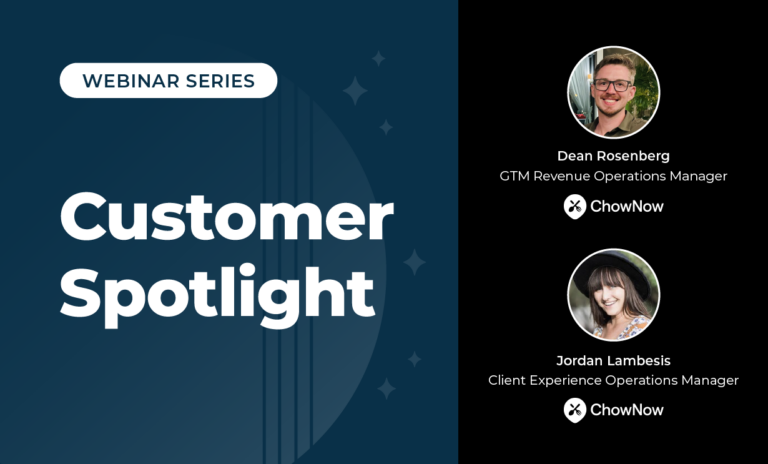In an increasingly competitive B2B marketplace, speed is a differentiator. Your speed to lead – aka, your lead response time – can make or break your go-to-market (GTM) success.
B2B buying journeys have changed. Studies repeatedly show the majority of buyers are now deep into the Consideration phase of their buying journeys before they ever engage with a seller. So, once they seek to engage, you have no time to waste. Buyers are ready to go, and they’ll seek solutions elsewhere if your lead response time is too long.
What is speed to lead?
Your speed to lead is the time it takes your team, on average, to respond to a qualified prospect from the moment they become an inbound lead. It’s your time to first contact, and it’s helpful to think of speed to lead in terms of the following equation:
Lead Response Time = Lead Processing Time + Representative Response Time
A lightning-quick speed to lead requires you to correctly route leads to the right representatives and empower those representatives to immediately follow up. Your speed to lead clock starts ticking the moment your lead submits contact formation.
How to improve speed to lead
There are several ways to increase your speed to lead, or, thought of differently, reduce your lead response time.
Automation. A critical first step to increasing speed to lead is to automate as many of your manual processes as possible. Not only are manual processes prone to error, but they take time. Moreover, a person can only do one task at a time. With automated solutions like lead-to-account matching and lead routing, your lead gets to representatives in a blink of an eye.
Notifications. Integrate Slack notifications into your GTM motions to instantly alert reps that action needs to be taken. When service level agreements threaten to lapse, escalate notifications until the lead is properly engaged.
Chatbots. Integrating a chatbot onto your website is an effective way to engage with leads and provide fast, reliable service. Artificial intelligence directs chats in the right direction based on your leads’ inputs and needs. They also respond instantly, immediately helping your leads progress in their customer journeys.
Cadences/Sequences. Your reps might reach out promptly, but there still might be delays incurred from leads. Sales engagement platforms (SEPs) like Outreach, Salesloft and High Velocity Sales allow you to build out a multi-touch process for advancing your leads’ customer journeys. Use SEPs to create your roadmap touchpoints that include email, voicemail, SMS text, direct mail, social media posts and more.
10 Speed to Lead Stats All Revenue Teams Should Know
On the fence about the importance of speed to lead/lead response time? The 10 statistics below are sure to put a burr under your saddle to improve.
- Seventy-eight percent of customers buy from the company that responds to their inquiry first (Lead Connect)
- Lead response time on web-generated leads averages 17 hours (Ricochet360)
- You are seven times more likely to qualify leads when reaching out within an hour as opposed to just one hour later (Harvard Business Review)
- Revenue teams are 21 times more effective when calling within five minutes of prospect first contact as opposed to calling after 30 minutes (LeadSimple)
- Companies experience a 391 percent increase in lead conversions when responding within one minute (Velocity)
- Only seven percent of companies of companies respond to leads within five minutes (Drift)
- Remarkably, 55 percent of companies respond to leads in five or more days (Drift)
- Odds of qualifying leads decrease 80 percent after five minutes has elapsed (Vendasta)
- Leads are 10 times less likely to respond if outreach takes more than five minutes (LeadResponseManagement.org)
- Seventy-three percent of leads never get followed up with (InsideSales)









